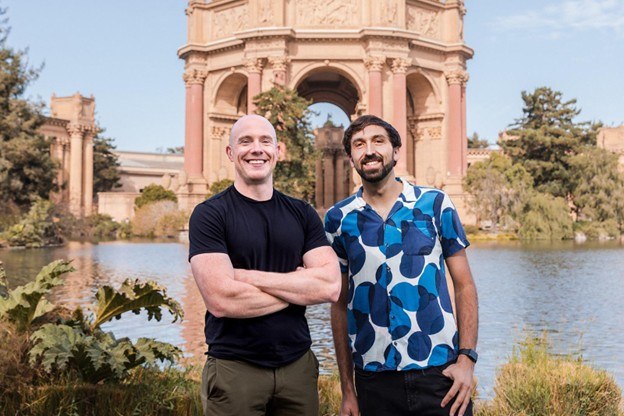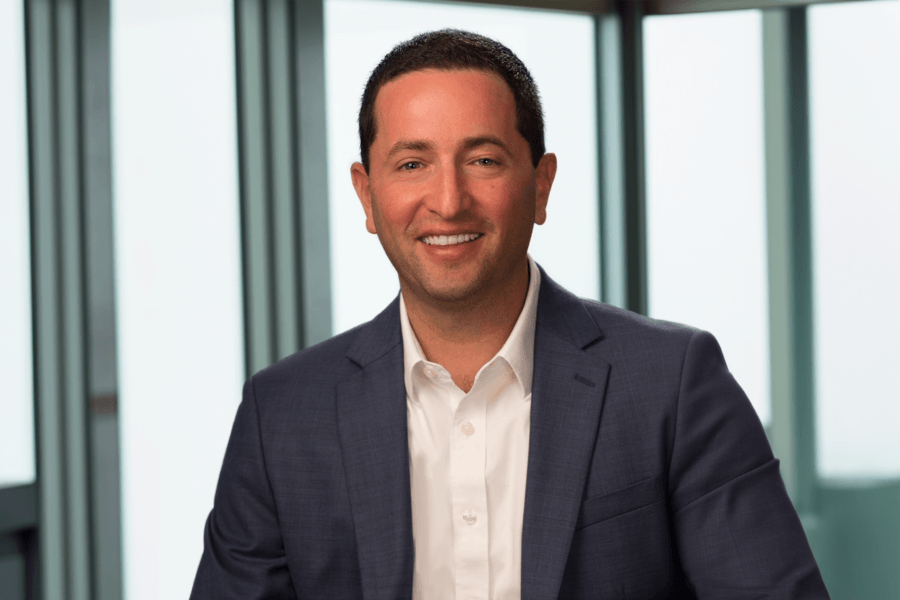Marc Ramos on Learning, AI, and ROI: What Leaders Can’t Afford to Ignore

Key Takeaways:
- AI presents opportunities for HR and L&D in areas like personalized learning and improved recruiting processes.
- Understanding and leveraging skills data can revolutionize employee development and directly impact business outcomes.
- When selling to HR/L&D teams, focus on your current, proven solutions (not the long-term roadmap) and help your buyer sell internally.
- Major priorities for talent development include balancing remote work, addressing AI impacts, and focusing on talent retention.
For this issue of People Matters, we are thrilled to interview Marc Ramos. Marc Ramos is a Chief Learning Officer (CLO) with 25+ years’ global transformation experience with Google, Microsoft, Accenture, Novartis, Oracle, and Red Hat. Most recently Marc served as CLO with learning technology leader Cornerstone, and prior Marc led Novartis’ Global Learning Strategy and Learning Innovation function.
In this interview, Marc shares his insights about the potential for AI in the workplace, how founders should think about selling into HR/L&D, and what product he would create if he had a magic wand.
This interview was edited for clarity and brevity.
JH: Can you share your journey into Learning and Development?
MR: I’m fortunate to come from a family of teachers. I guess it’s part of my DNA. I started off in restaurant training because all the cool kids hung out at the cool restaurants. I ended up being good at defining processes, documenting steps, and communicating those steps to new employees, though to be honest, I really didn’t know what I was doing. Then, it expanded from restaurant training, to call center and retail training, to eventually tech. That’s where my journey started.
JH: Can you share one of your proudest moments from these experiences and its impact?
MR: At Novartis, my team was responsible for ensuring we were maximizing the company’s annual training budget, which was in the hundreds of millions globally. After a lot of investigation and due diligence, we saved the company over $100 million dollars by negotiating better agreements, reducing duplication, finding new vendors, and bringing on new managed service providers. Helping the enterprise find new ways to scale and be competitive, but from a business perspective, ensuring we’re allocating the right amount of money, in the right way, for the right strategic and personal needs.
JH: What do you think are the most promising applications of AI for L&D and HR?
MR: From a recruiting perspective, AI can help determine if there’s a clear match between the candidate and the job profile. Another obvious benefit is if a large language model or GPT can smartly scan hundreds of resumes with increased accuracy regarding qualifications and history.
For L&D, the current focus is on building content faster, better, and cooler, like text-to-video or text-to-X. What’s interesting is the personalization domain. If we understand individual preferences, we can ideally customize the instruction for each person.
For the rewards team, skills-based compensation is fascinating. AI can better assess capabilities and align the right compensation type.
JH: How do you think HR/L&D teams need to evolve with the prevalence of AI?
MR: A key benefit of this evolution is realizing you’re not the only one facing the opportunity and pain. Identify and reach out to other teams, functions, leaders, and influencers to see if they have the same need or issue. Then, resolve it together.
Beyond the hype of AI technology, the real value for sustainable momentum is understanding the value of people. People drive change, spread goodness, and raise their hand to discuss what’s working and what’s not.
JH: If you had a magic wand to create a product that would meaningfully impact the acquisition and development of employees, what would it be?
MR: If I could create an AI product for employee development, I’d focus on revolutionizing how we understand and leverage skills data. Imagine a system that tracks real-time skill development, showing how capabilities are built now compared to an hour ago or an hour from now. The game-changer is integrating this skills data with commercial data.
Imagine a global company launching a new consumer food product in Japan with a unique ingredient. By linking the skills needed to sell this unique product to sales targets, we gain a powerful tool. We could inform the Japan lead, “Given current skill levels, there’s a 68% chance you won’t meet your quota of 500 units in three months.” This insight makes L&D teams key strategic partners.
JH: What are the top 2-3 priorities for talent development in the next 12-18 months?
MR: Challenges remain regarding remote vs. office work and a balanced approach. There’s data supporting both sides, but the right decision is what is best for your people. There’s also still concern about the benefits, impacts, concerns, or risks of AI.
There’s more focus on retaining people rather than attracting them. It costs a lot more to hire someone new and get them up to proficiency versus moving someone internally and providing upskilling opportunities.
JH: What advice would you give founders who are selling into HR/L&D trying to break out from the noise?
MR: First, many clients, especially at higher levels, don’t want to hear your product roadmap. I want to know what’s available now that’s proven and valid.
Second, understand your buyer is likely selling internally. Your selling approach needs to be consultative. Give that individual the ammunition to sell to others.
Third, identify a cross-functional initiative within the company. This initiative involves various players at different levels, functions, and regions. Identifying who manages the centralized team will dramatically influence all others.
JH: What do you think are the risks that we should be talking about when it comes to leveraging AI? How can those be mitigated?
MR: There are the obvious ones related to the client: security, privacy, data, and ethics. Ensure you have a sound response related to each of those.
The second area of risk is to remove the shine and hype of what you’re hearing. Focus less on the hype and more on deploying it rationally from a change management perspective within your company.
Lastly, keep track of the legalities in this domain. As new policies are deployed, like SB 1047 and its offshoots that have been approved, it will provide new business opportunities to comply with these guidelines and address those gaps.
Thank you, Marc, for sharing your journey and nuggets of wisdom with us.







